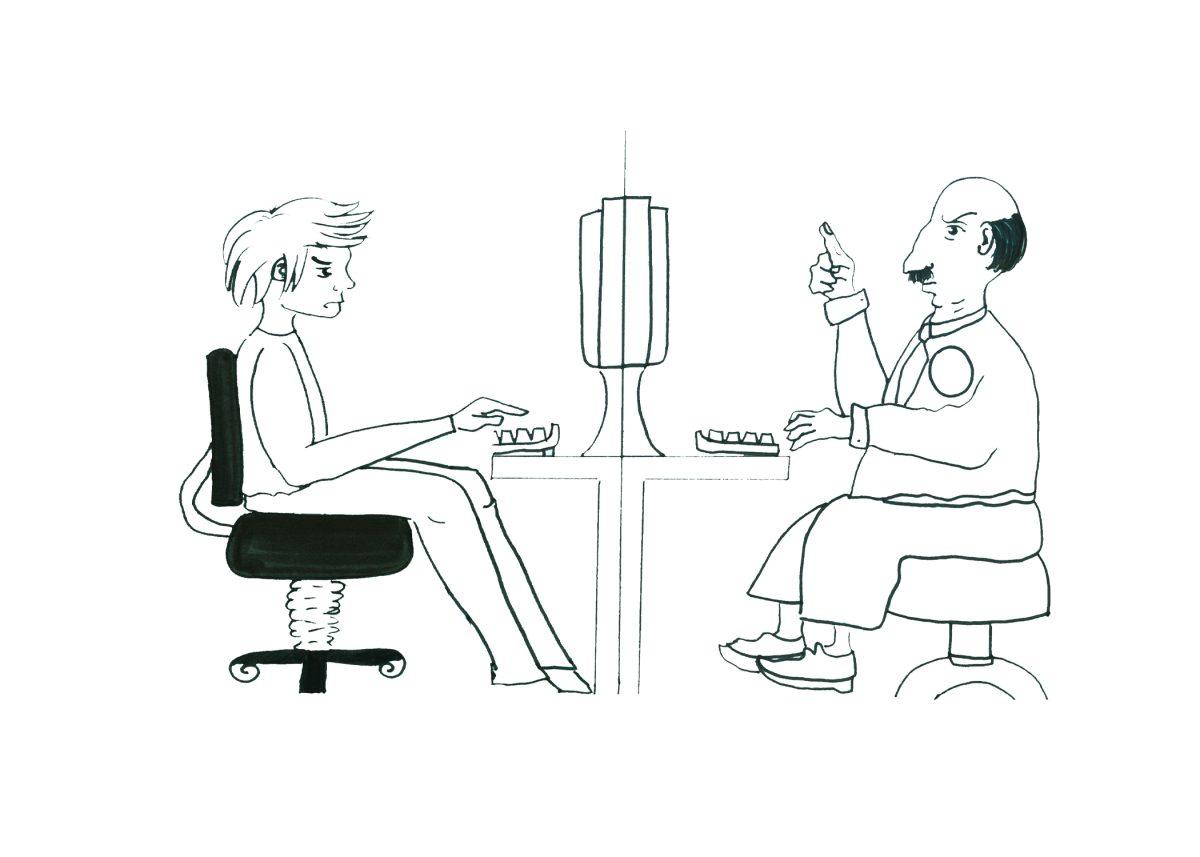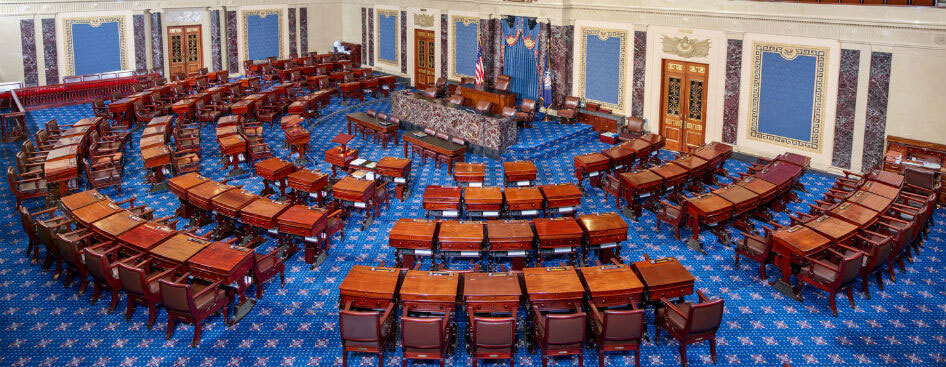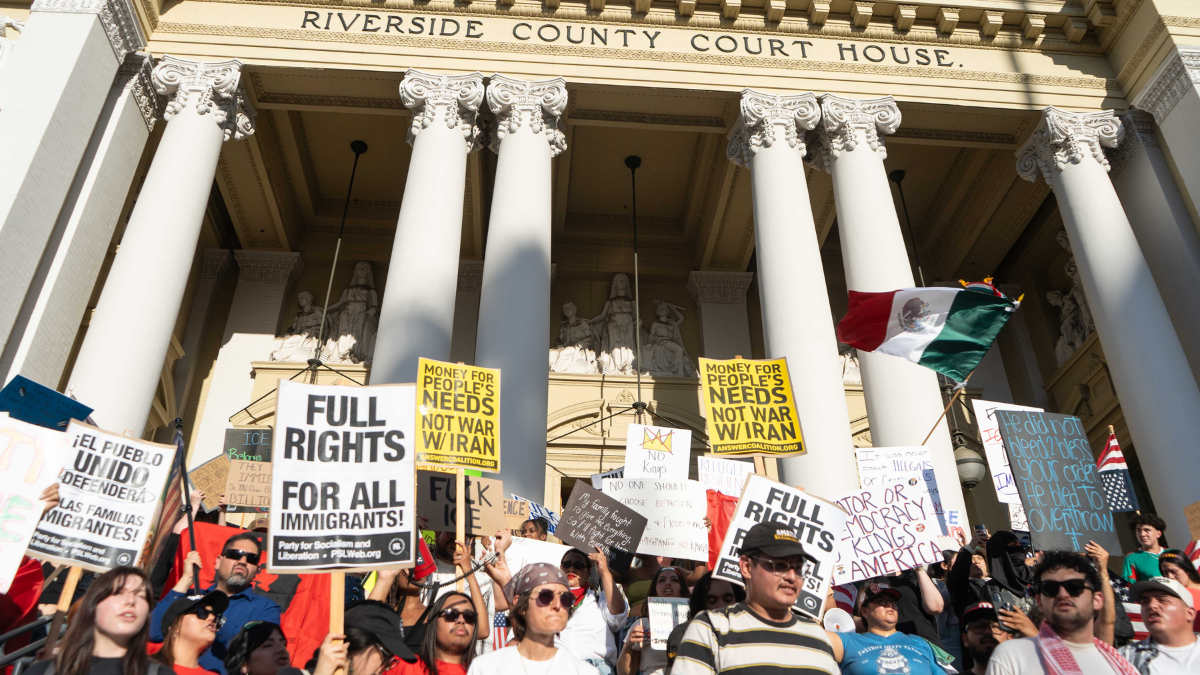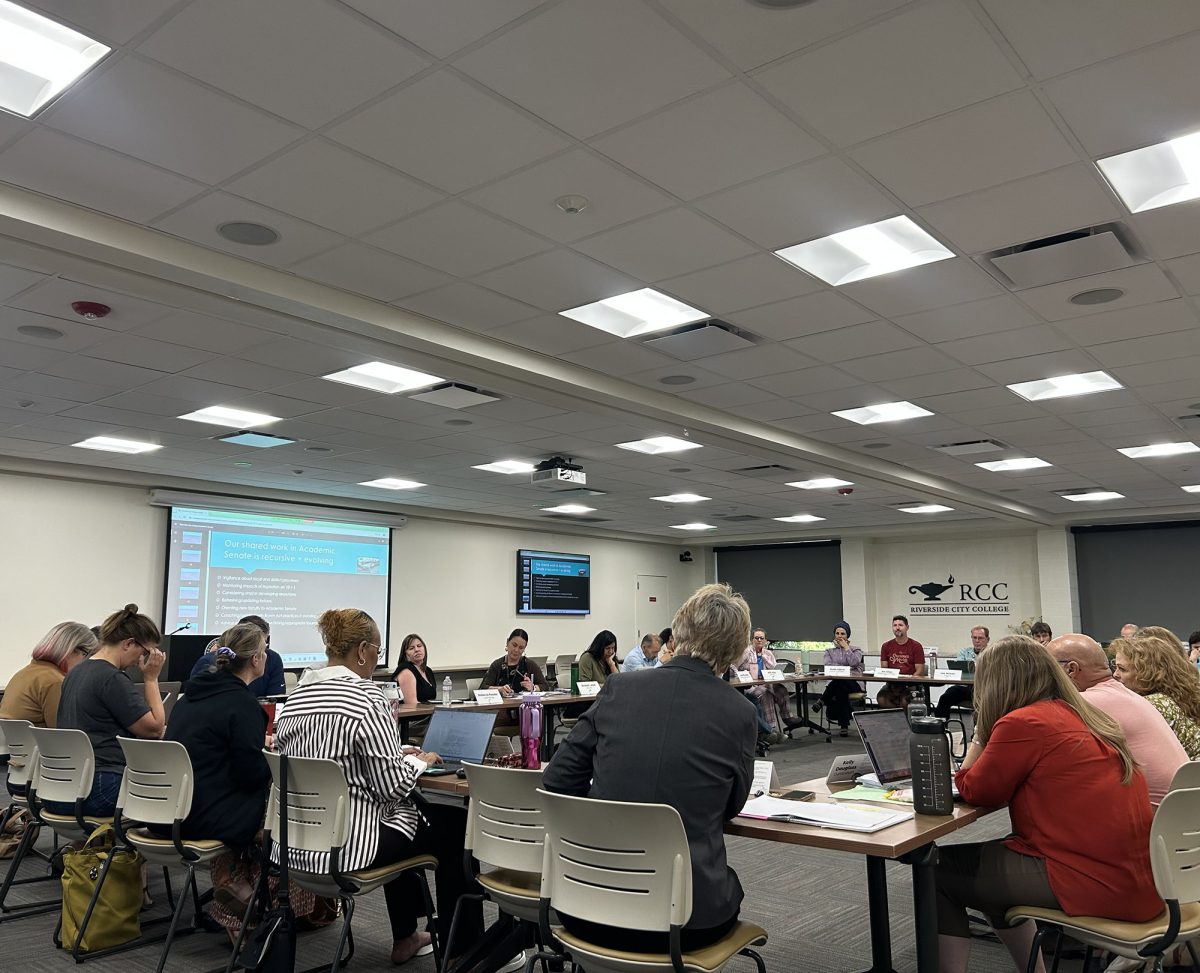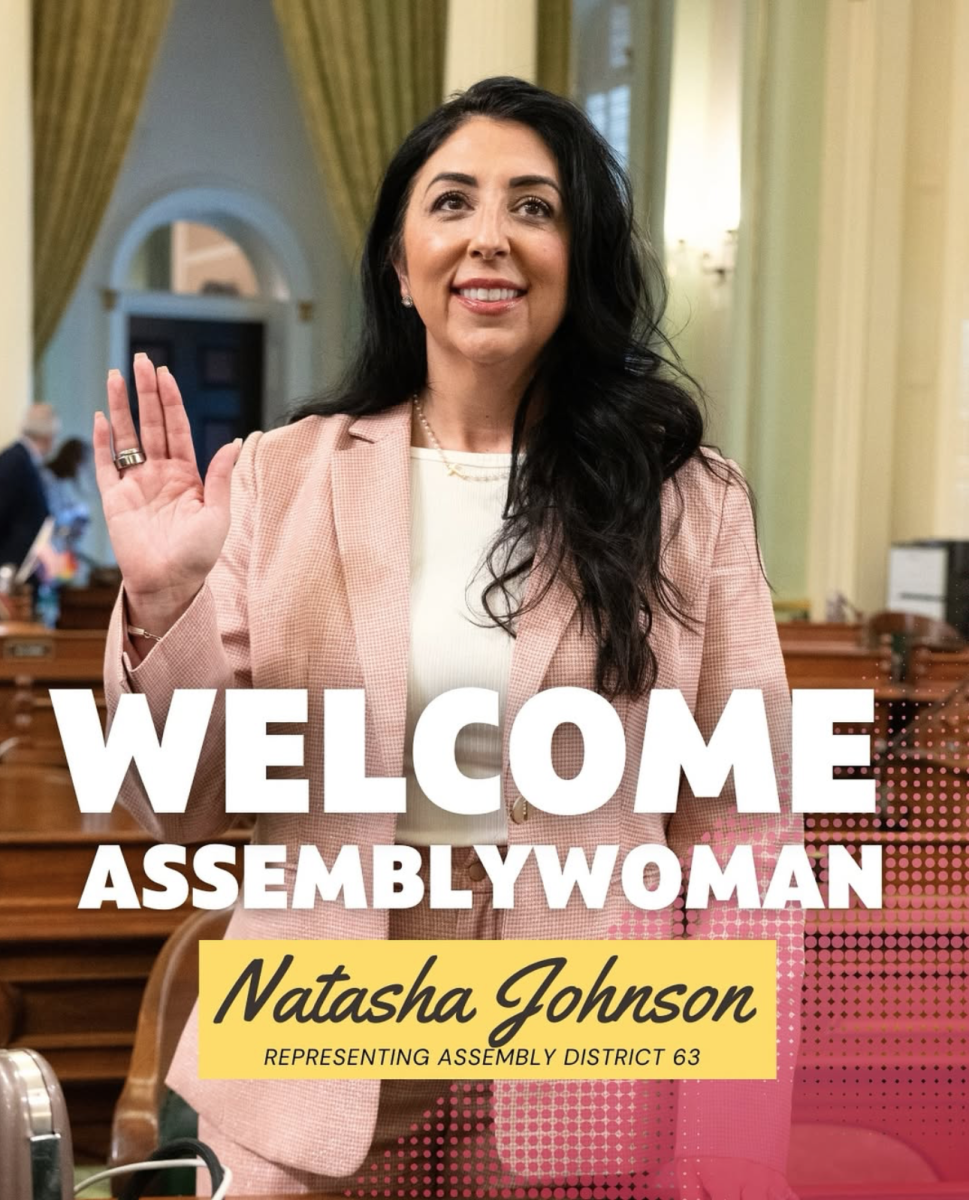Published: March 12, 2015 | Posted: March 18, 2015 | Written by Ariel Schiller
The Federal Communications Commission has passed Title II of the Communications Act, commonly referred to as net neutrality, with a 3-2 vote.
Under Title II of the Communications Act the FCC will regulate the Internet as a utility.
Net neutrality is the idea that internet service providers should allow access to all content regardless of the source, without favoring or blocking particular products or websites
Ajit Pai, one of the two Republican-appointed commissioners at the FCC, strongly opposed net neutrality in the op-ed article, “Internet Freedom Works,” which was published in Politico.
He argued that strictly regulating the Internet is the opposite of protecting its freedom.
Democrats claim that by advocating for net neutrality they are protecting free-internet from the Internet service providers’ ability to control the market.
Rep. Mark Takano, D-Riverside, supports net neutrality and urges college students to closely follow the ongoing battle over the free Internet on battleforthenet.com.
FCC Chairman Tom Wheeler released a statement, with 21 Republicans signing their support, stating they plan to appeal the historic vote.
Lacey Brown, a current RCC student, was skeptical of the FCC’s decision stating, “I use the Internet everyday and I don’t like the idea of the government controlling it, to me it seems like they’re abusing their power.”
Students can educate themselves on net neutrality and decide if the FCC is trying to control the internet or if they are protecting its freedom.
With the Internet being more accessible than ever, the FCC has created laws and amended acts, which have lead us to net neutrality.
The Communications Act of 1934, which covered telephones and radio, and was later amended in 1996 and was the first major overhaul of telecommunications law in 62 years.
The 1996 act leads to Open Internet Order, established in 2010, to protect Internet openness.
Unfortunately, students won’t know the major effects of net neutrality, outlined in a 332-page plan, until the FCC releases it to the public.

